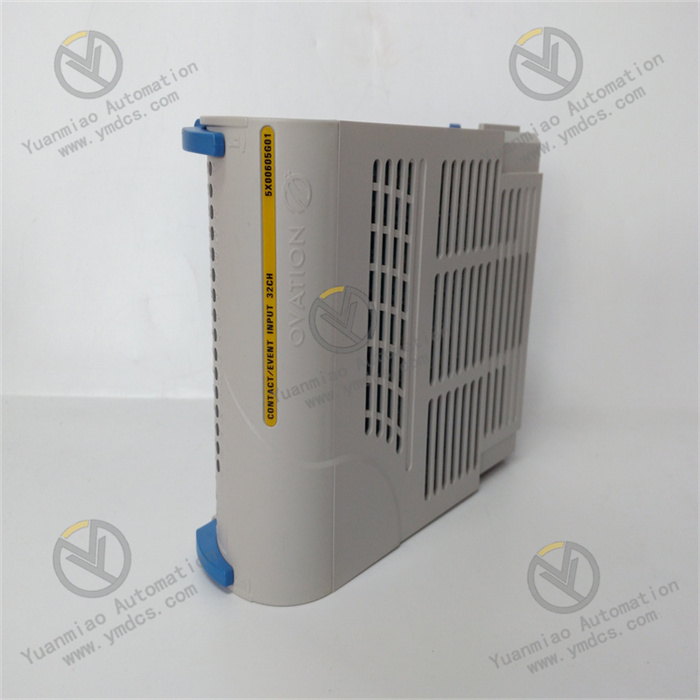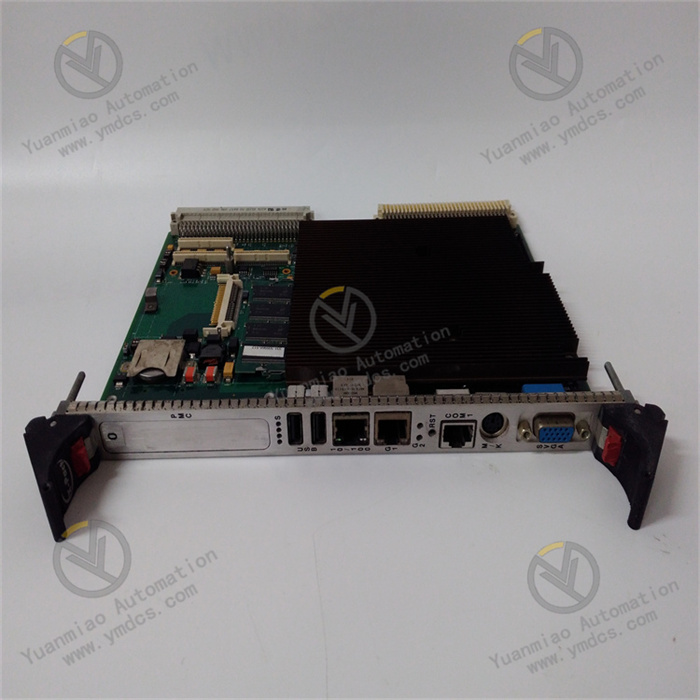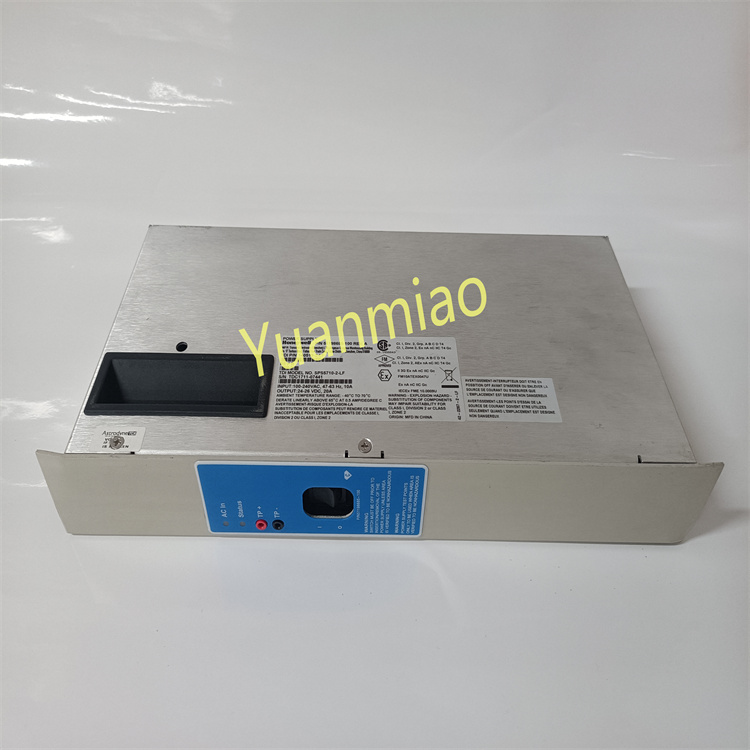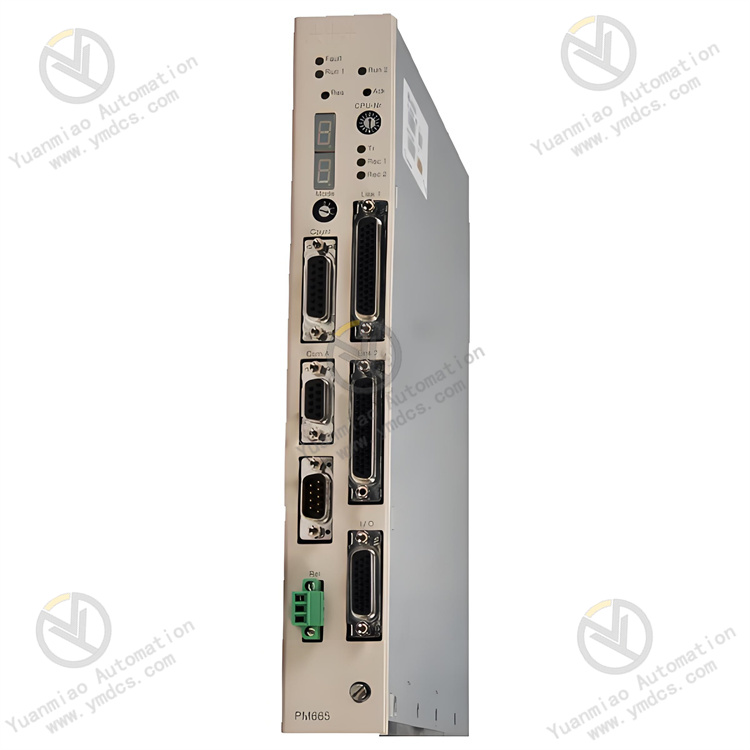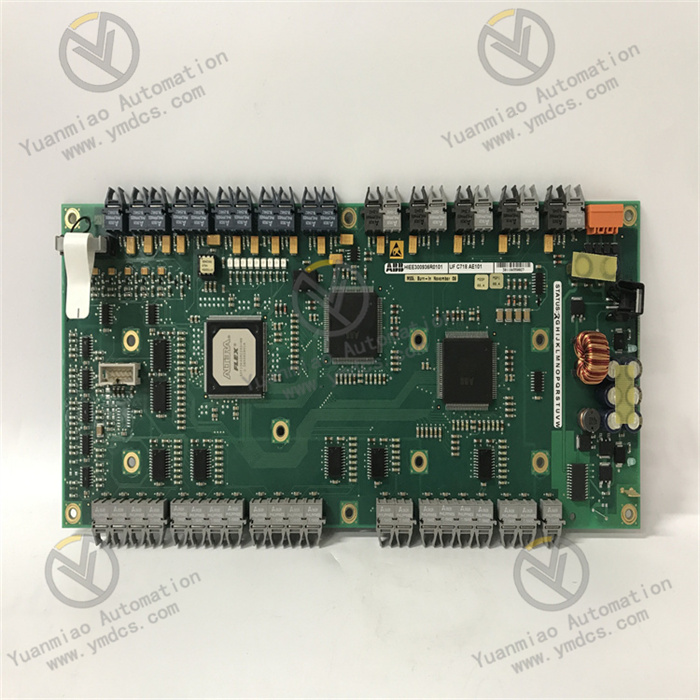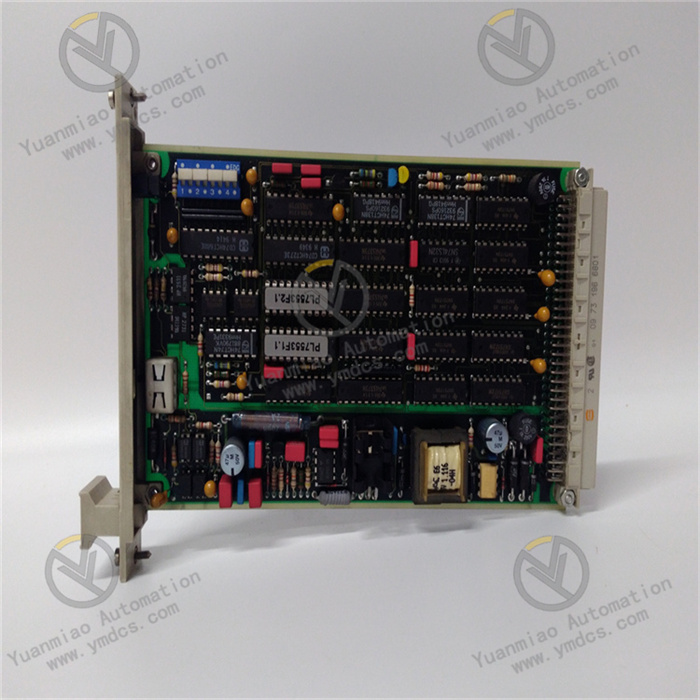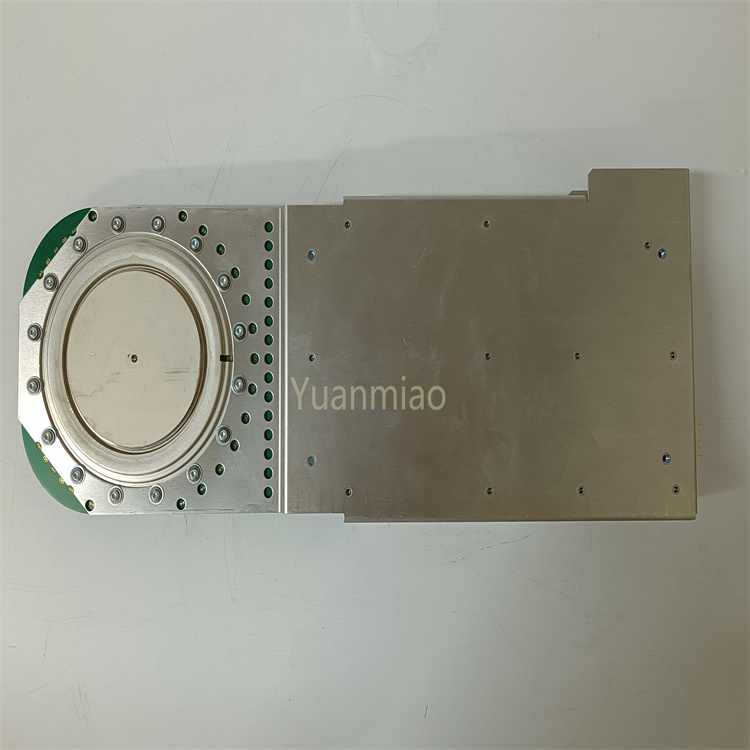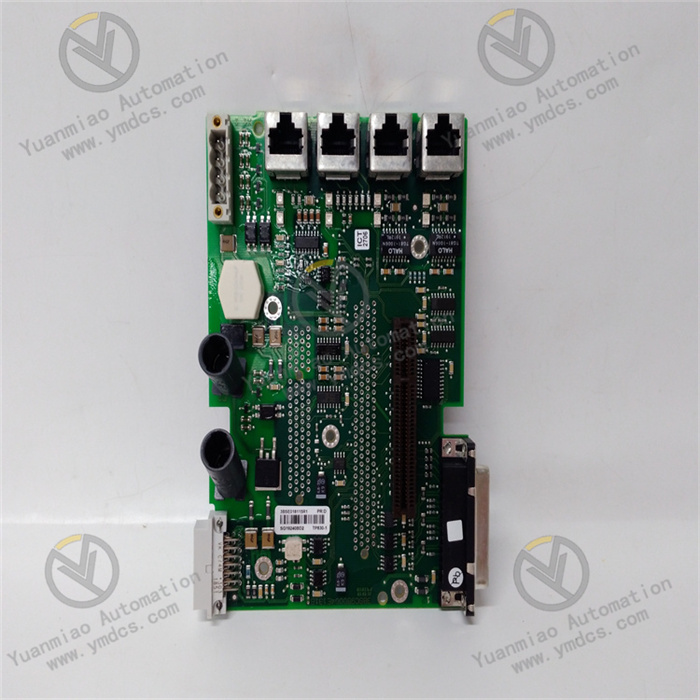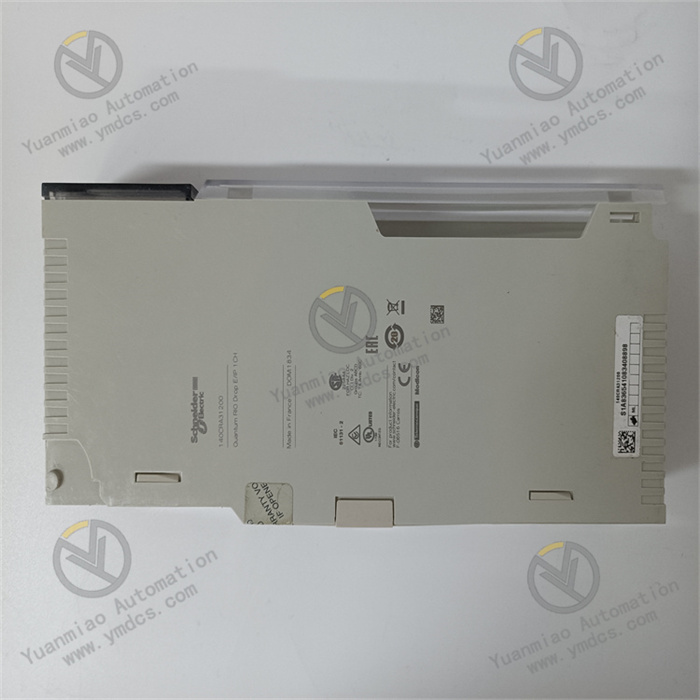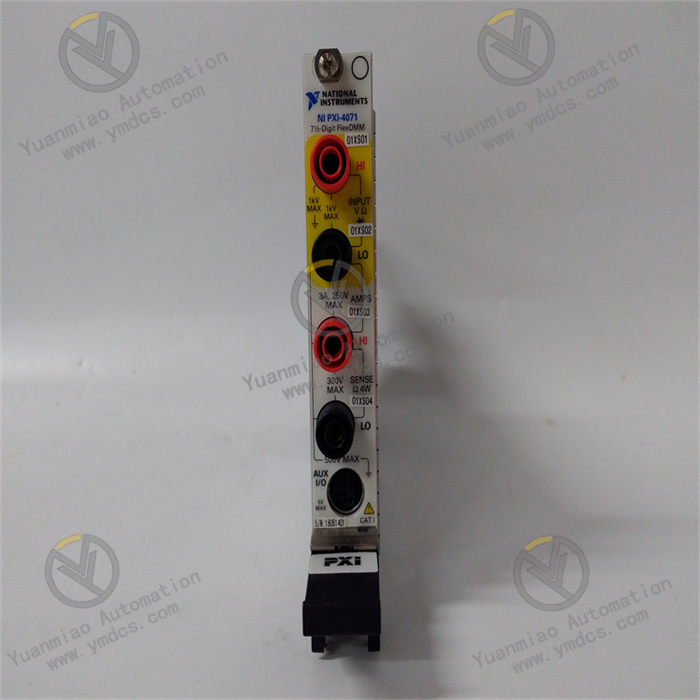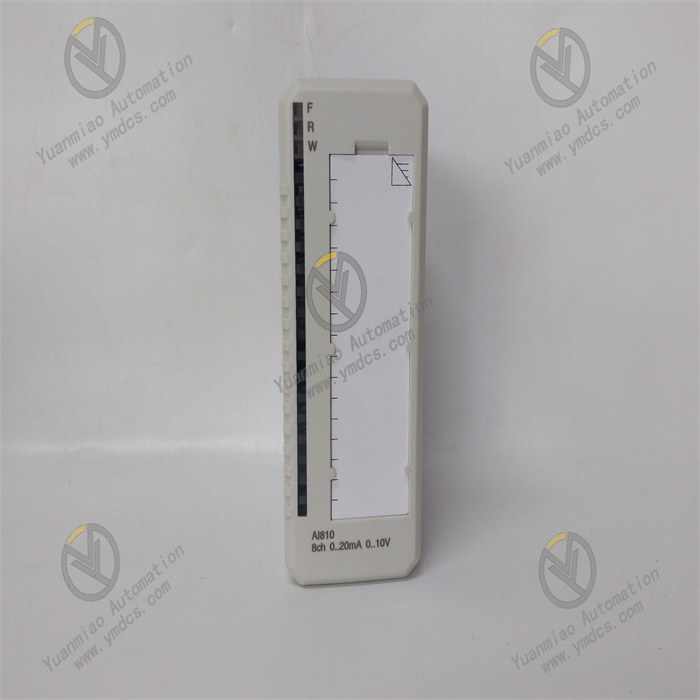Description
Functional Features
High-precision signal conversion: It can accurately convert analog signals into digital signals, meeting the requirements for signal precision in fields such as data collection, process control, and automation systems. In different application scenarios, parameters such as suitable input range, resolution, and sampling rate can be selected according to actual needs.
High reliability and stability: As a component of the Ovation control system, it follows Emerson's strict quality control process. It undergoes strict inspection in aspects such as design, manufacturing, installation, and testing, ensuring stable operation for a long time in industrial environments and having strong anti-interference ability.
Good compatibility: Specifically designed for the Ovation control system, it is highly compatible with devices such as the OCR1100 controller of the Ovation series. It can be seamlessly integrated into the entire control system, ensuring the integrity and collaborative working ability of the system.
Technical Specification Parameters Rated voltage: 35V DC. Maximum current: 1A. Ambient temperature: -40°C to 70°C. Shock: It can withstand an impact of 10g, semi-sinusoidal wave, lasting for 11 milliseconds. Vibration: At 5 to 16Hz, the peak-to-peak value is 1mm; at 16 to 150Hz, it is 0.5g. Relative humidity: 5% to 95%, without condensation, and the protection level is IP20.
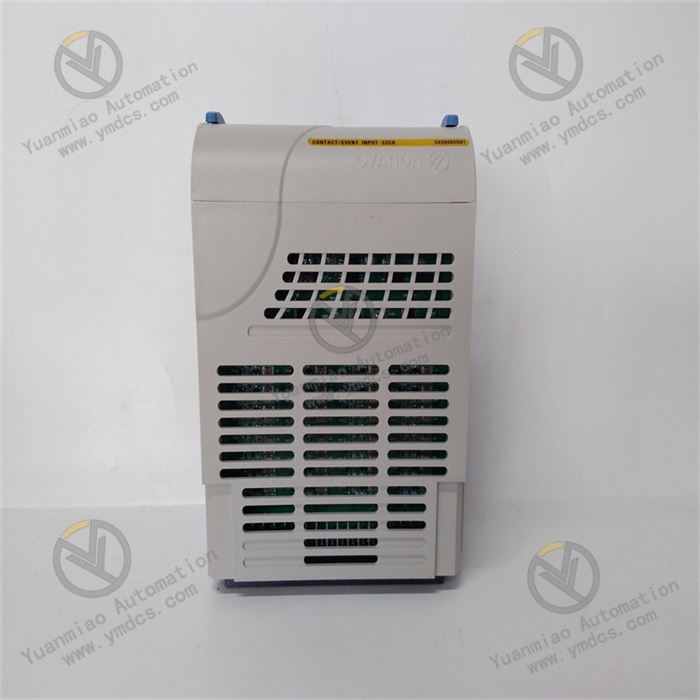
Installation Method Selection of installation environment: Select a place that is dry, free of corrosive gases, and with little dust for installation. Avoid installing in locations with direct sunlight, high temperature, high humidity, or large vibrations. The ambient temperature should be between -40°C and 70°C, and the relative humidity should be within the range of 5% to 95% without condensation to meet the working environment requirements of the module. Module installation steps: Ensure that the relevant equipment is powered off before installation. Insert the 5X00605G01 module into the corresponding slot or interface, usually connected to the rack or backplane of the Ovation control system, ensuring a tight connection between the module and the slot with good contact. According to the installation guide of the equipment, use appropriate tools (such as a screwdriver) to fix the module to prevent it from loosening during operation. Wiring connection: According to the instruction manual of the module, connect the input signal cable, correctly connect the analog signal source to the input port of the module. Pay attention to the type of signal (such as current signal, voltage signal, etc.) and polarity to ensure the connection is correct. At the same time, connect the power cable of the module to provide a stable 35V DC power supply. Pay attention to the positive and negative polarities of the power supply to avoid incorrect connection.
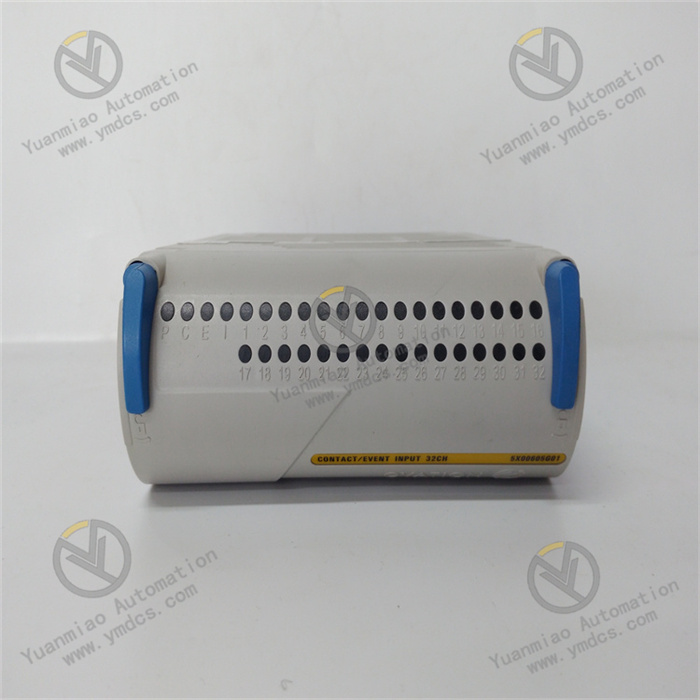
Maintenance Method Daily inspection: Regularly check the working status indicator lights of the module to understand whether the module is operating normally. Check whether there is dust accumulation on the surface of the module, and if so, gently wipe it with a clean soft cloth. Ensure that there are no loose, damaged, or aged connection cables, and deal with or replace them in case of problems. Periodic maintenance: Conduct a comprehensive inspection of the module at regular intervals. Use professional tools to measure the power input voltage to ensure it is within the normal range. Check whether the signal conversion and transmission functions of the module are normal by sending test signals and other means. At the same time, check whether the software configuration of the module is correct, and adjust or update it according to the changes of the system if necessary. Fault handling: If the module malfunctions, first refer to the user manual or technical documentation of the module to find the corresponding fault code and solution. For some common faults, such as power supply faults and signal input faults, you can try to replace the corresponding components, such as the power module and input interface module. However, ensure that the replaced components are consistent with the original module model and operate according to the correct replacement steps. If the cause of the fault cannot be determined or the fault cannot be handled by yourself, contact Emerson's professional technical support personnel or after-sales service team in a timely manner, and have it repaired and handled by professionals.
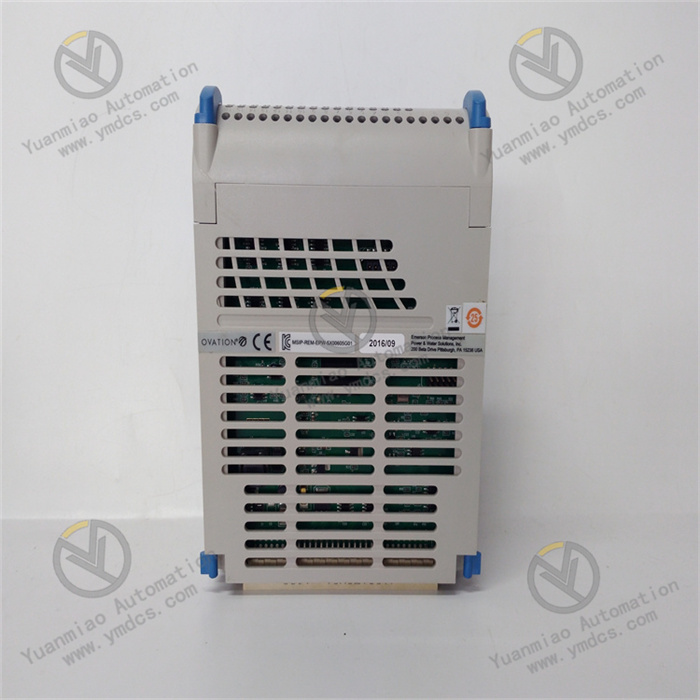
Application Cases: Automobile manufacturing production line: In the automobile production line, it can be used to connect various automated devices, such as robots, conveyor line motors, and automated fixtures. Through its high-speed data processing ability and precise control performance, it can achieve collaborative work and precise synchronization among multiple devices. For example, in the vehicle body welding process, it can ensure that the actions of the welding robot precisely match the movement of the conveyor line, improving the welding quality and production efficiency; in the automobile assembly process, it can precisely control the clamping and releasing actions of the automated fixtures, ensuring the accuracy and consistency of component assembly. Electronic device manufacturing production line: In the electronic device manufacturing industry, such as the production lines of mobile phones, computers, and other electronic products, this card can be used to control high-precision devices such as chip mounters and inserters. With its high-resolution encoder interface and fast speed loop response bandwidth, it can precisely control the movement accuracy of the devices, achieving accurate placement and insertion operations of electronic components. Taking the production of mobile phone motherboards as an example, it can enable the chip mounter to accurately place tiny electronic components at the specified positions even when running at high speed, improving production efficiency and product quality and reducing the defective rate. Automated warehousing and logistics system: In the field of automated warehousing and logistics, the 5X00605G01 card can be used to control devices such as stacker cranes and automated guided vehicles (AGVs). Utilizing its EtherCAT bus servo function, it can achieve synchronous operation of multiple devices within 1ms, ensuring efficient collaboration among logistics devices. For example, during the process of goods warehousing and outbound, it can enable the stacker crane to accurately store goods in the designated storage locations and control the AGV to transport goods quickly and accurately according to the preset path, improving the automation level and operation efficiency of warehousing and logistics. Industrial robot control system: For the control system of industrial robots, this card can serve as one of the core control cards. It can receive instructions sent by the robot controller and, through its powerful communication function and data processing ability, precisely control the motor movements of each joint of the robot, achieving complex actions and precise positioning of the robot. For example, in operations such as the handling, welding, and spraying of robots, it can ensure that the robot operates according to the preset trajectory and speed, improving the accuracy and stability of the operation, and it can also support multiple robots to work collaboratively to complete more complex production tasks.


